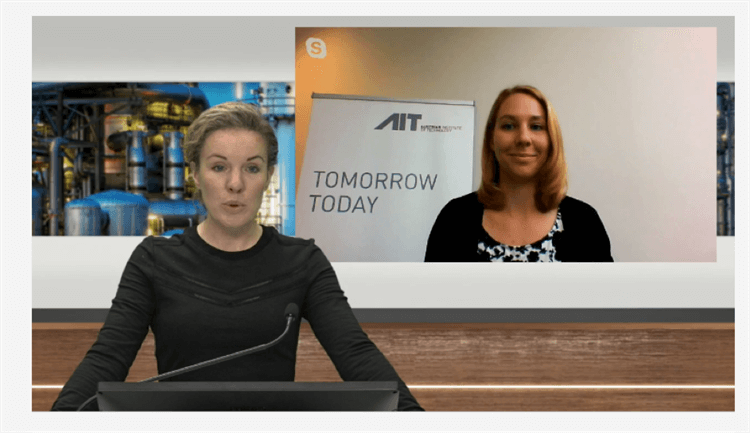
The whitepaper that was published this summer (link) highlights the importance of Industrial Heat Pump technologies in reaching the goals of the Climate Agreement. In the context of the UN Sustainable Development Goals and the EU initiatives on EU climate targets to cut greenhouse gas emissions by over 55% by 2030, as well as becoming climate neutral by 2050, a fundamental change in our energy systems and energy production is required. A number of different technology options are available to reach the targets including improving the technology performance, increased electrification, use of renewables in various sectors, as well as carbon capture, utilisation and storage (CCUS). Cumulating the impact of the various measures shows that energy efficiency and electrification have a significant role to play to reach the desired targets. Here heat pumps can play a significant contribution by utilising the excess process heat. Process heat accounts for approximately 2/3rds of industrial energy consumption, and 80% of this energy currently comes from non-RES fossil fuels. This in turn has a big bearing on Co2 emissions (approx. 550 Mt/a). Heat pumps already play a role in temperatures below 100oCelcius and initiatives such as DryFiciency show that Heat pumps can also successfully be applied in temperatures between 100oC and 160oC. These temperature ranges can account for approximately 25% of the total Co2 emissions reduction. Waste heat recovery can be efficiently utilised to reduce the process heat requirements and thereby decrease energy requirements. The DryFiciency project aims to demonstrate in three different location and industries that these principles can be exploited economically and for the benefit of industry, consumers and the environment.
To view the full presentation of Veronika Wilk and the white paper click here!
Project Coordinator
Veronika Wilk
AIT Austrian Institute of Technology GmbH


| Cookie | Duration | Description |
|---|---|---|
| cookielawinfo-checkbox-analytics | 1 year | This cookies is set by GDPR Cookie Consent WordPress Plugin. The cookie is used to remember the user consent for the cookies under the category "Analytics". |
| cookielawinfo-checkbox-necessary | 1 year | This cookie is set by GDPR Cookie Consent plugin. The cookies is used to store the user consent for the cookies in the category "Necessary". |
| cookielawinfo-checkbox-others | 1 year | This cookie is set by GDPR Cookie Consent plugin. The cookie is used to store the user consent for the cookies in the category "Others". |
| cookielawinfo-checkbox-performance | 1 year | This cookie is set by GDPR Cookie Consent plugin. The cookie is used to store the user consent for the cookies in the category "Performance". |
| viewed_cookie_policy | 1 year | The cookie is set by the GDPR Cookie Consent plugin and is used to store whether or not user has consented to the use of cookies. It does not store any personal data. |
| Cookie | Duration | Description |
|---|---|---|
| CONSENT | 16 years 4 months 8 days 15 hours 5 minutes | These cookies are set via embedded youtube-videos. They register anonymous statistical data on for example how many times the video is displayed and what settings are used for playback.No sensitive data is collected unless you log in to your google account, in that case your choices are linked with your account, for example if you click “like” on a video. |
| IDE | 1 year 24 days | Used by Google DoubleClick and stores information about how the user uses the website and any other advertisement before visiting the website. This is used to present users with ads that are relevant to them according to the user profile. |
| VISITOR_INFO1_LIVE | 5 months 27 days | This cookie is set by Youtube. Used to track the information of the embedded YouTube videos on a website. |
| YSC | session | This cookies is set by Youtube and is used to track the views of embedded videos. |
| yt-remote-connected-devices | never | These cookies are set via embedded youtube-videos. |
| yt-remote-device-id | never | These cookies are set via embedded youtube-videos. |